Regulatory and Safety
Knowledge Management
We provide services and develop solutions to address the complexity of regulatory and safety challenges in sectors such as energy supply, large-scale events, and customs compliance.
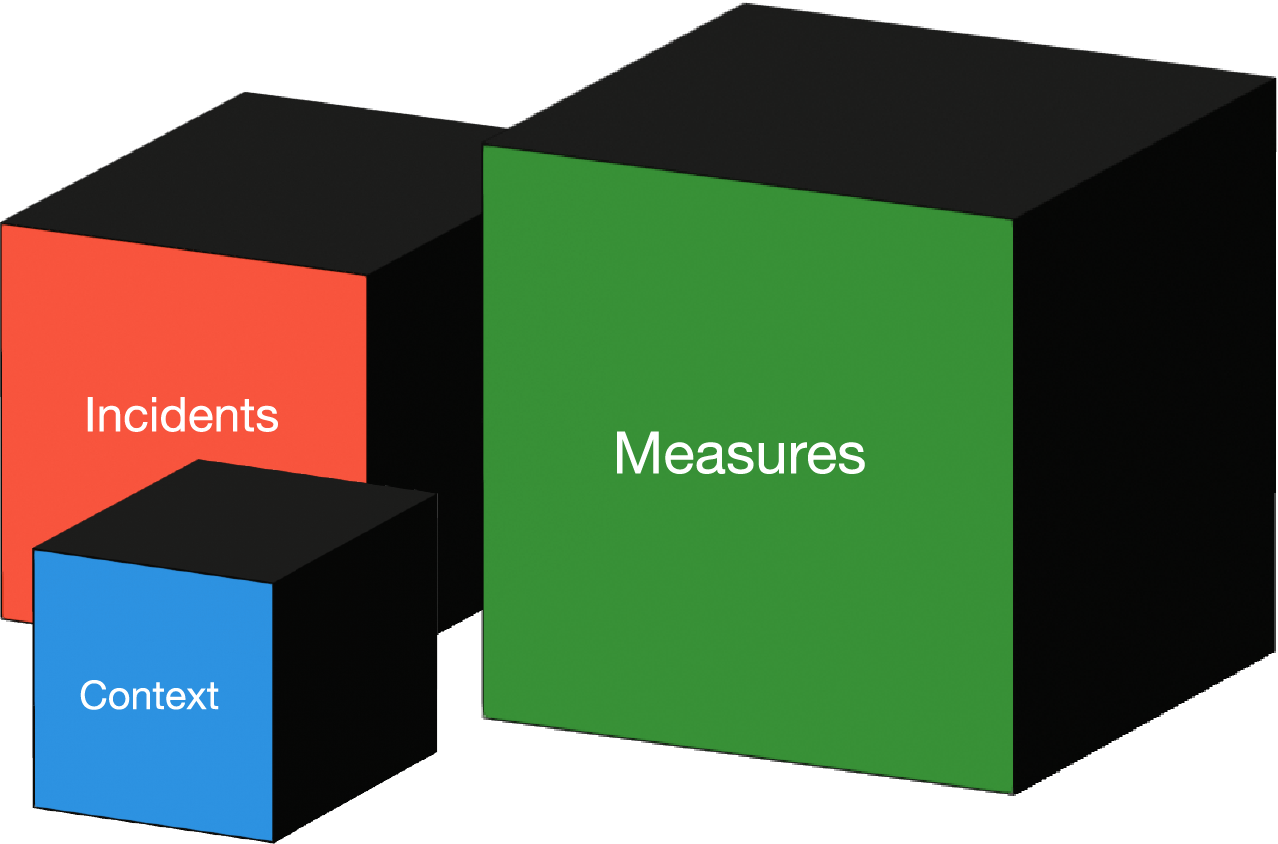
Piri Features
Save Resources
Effective regulatory knowledge management with Piri reduces duplicated effort, minimizes costly errors, streamlines compliance workflows, and ensures your organization uses time, budget, and expertise far more efficiently.
Improve Flexibility
Piri enables organizations to adapt quickly to new regulations, shifting markets, and technical demands by providing modular knowledge structures that support agile decision-making and scalable processes.
Avoid Obstacles
With Piri, regulatory blind spots are detected early, compliance barriers are avoided, and operational risks are minimized, ensuring smooth project execution without unexpected delays or costly setbacks.
Knowledge Graphs
A Regulatory Knowledge Graph transforms scattered information into a connected, machine-readable network. It enables precise reasoning, deeper insights, and consistent decision-making across complex regulatory domains, creating a reliable foundation for scalable regulatory knowledge management.
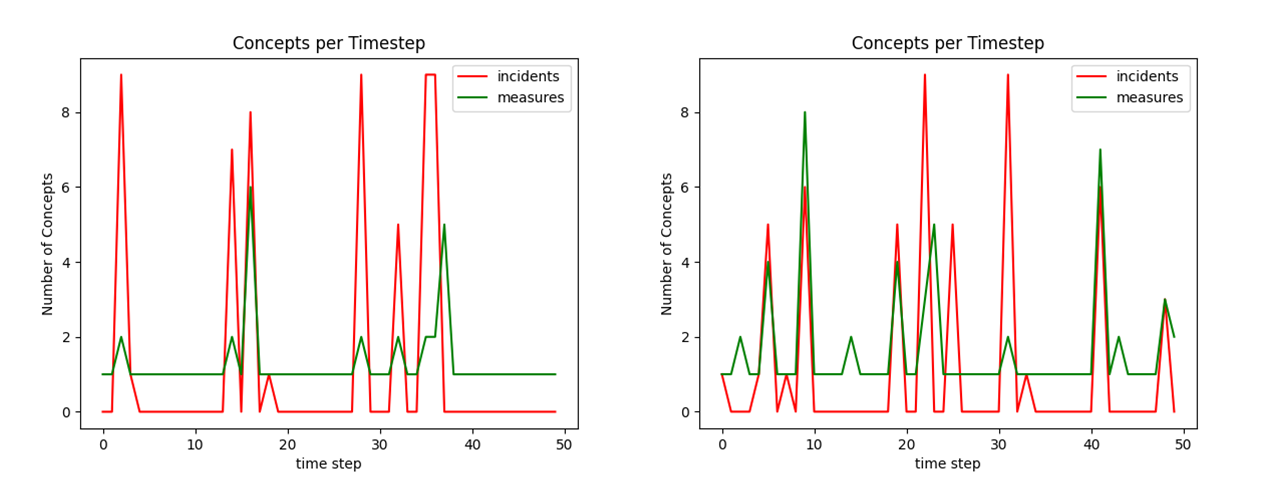
AI Integration
AI Integration enhances safety knowledge workflows by automating discovery, classification, and analysis. Intelligent models connect data silos, identify patterns, and deliver actionable insights, empowering organizations to make faster, safer, and better-informed decisions in regulatory and safety environments.
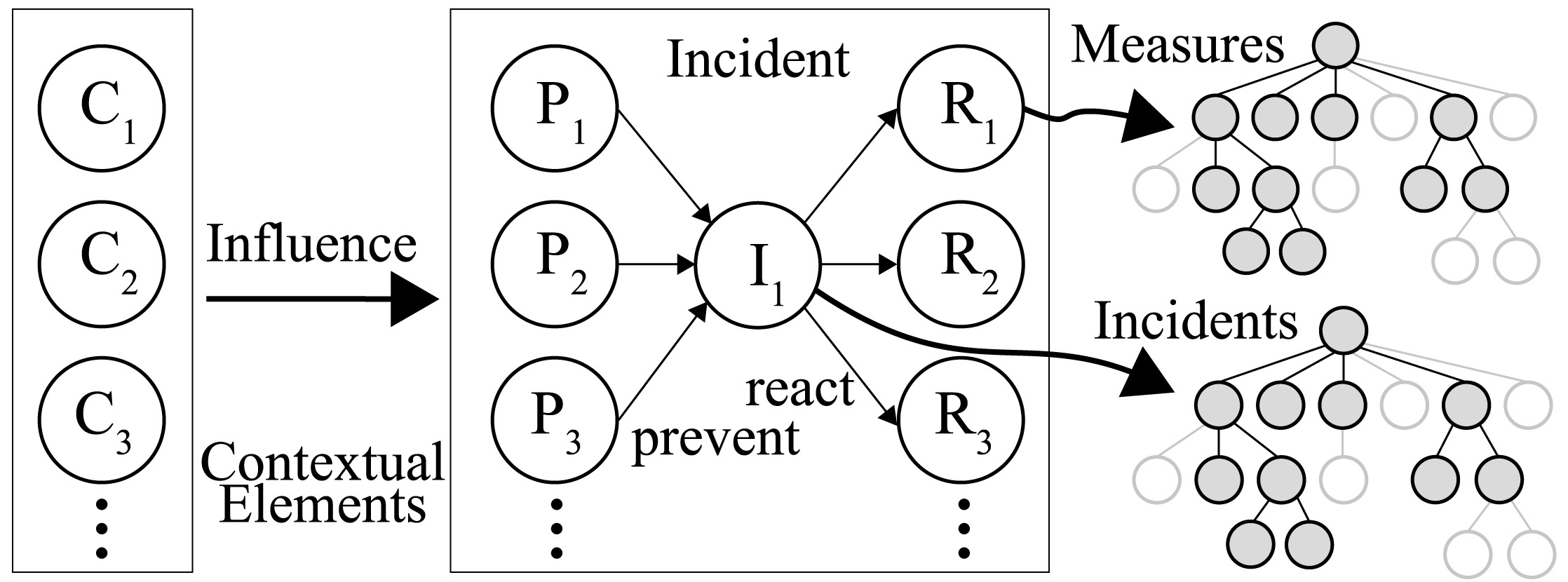
Flexible Architecture
A Flexible Architecture adapts to evolving technologies, regulations, data ecosystems, and safety requirements. Modular components ensure long-term stability while staying open for innovation, enabling seamless expansion, integration, and custom tailoring to organizational needs.
Grow Your Knowledge
Regulatory knowledge is more than a set of rules — it’s the fertile ground on which organizations grow responsibly and securely.
In complex, diverse environments, where teams, partners, and systems must align across borders and industries, understanding regulations becomes a unifying language. It enables trust, transparency, and resilience.
Like the planting of a seed, building regulatory knowledge starts small: with insight, awareness, and the will to learn. It requires care — the continuous nurturing of understanding through collaboration, training, and shared experience. With time and attention, this seed develops strong roots, allowing innovation and growth to flourish safely within a well-defined framework.
When harvested, well-managed regulatory knowledge yields more than compliance — it brings maturity, confidence, and long-term sustainability.
Organizations that cultivate this knowledge don’t just react to change — they shape it.
Structure
The combination of knowledge graphs with AI models provides the fundament for further application.
Discover
The discovery of regulatory and safety knowledge especially from large and scattered data is a cumbersome but worthy task.
Utilize & Learn
What would knowledge be good for if not used for application and improvement. Become better with every cycle and grow with the task.
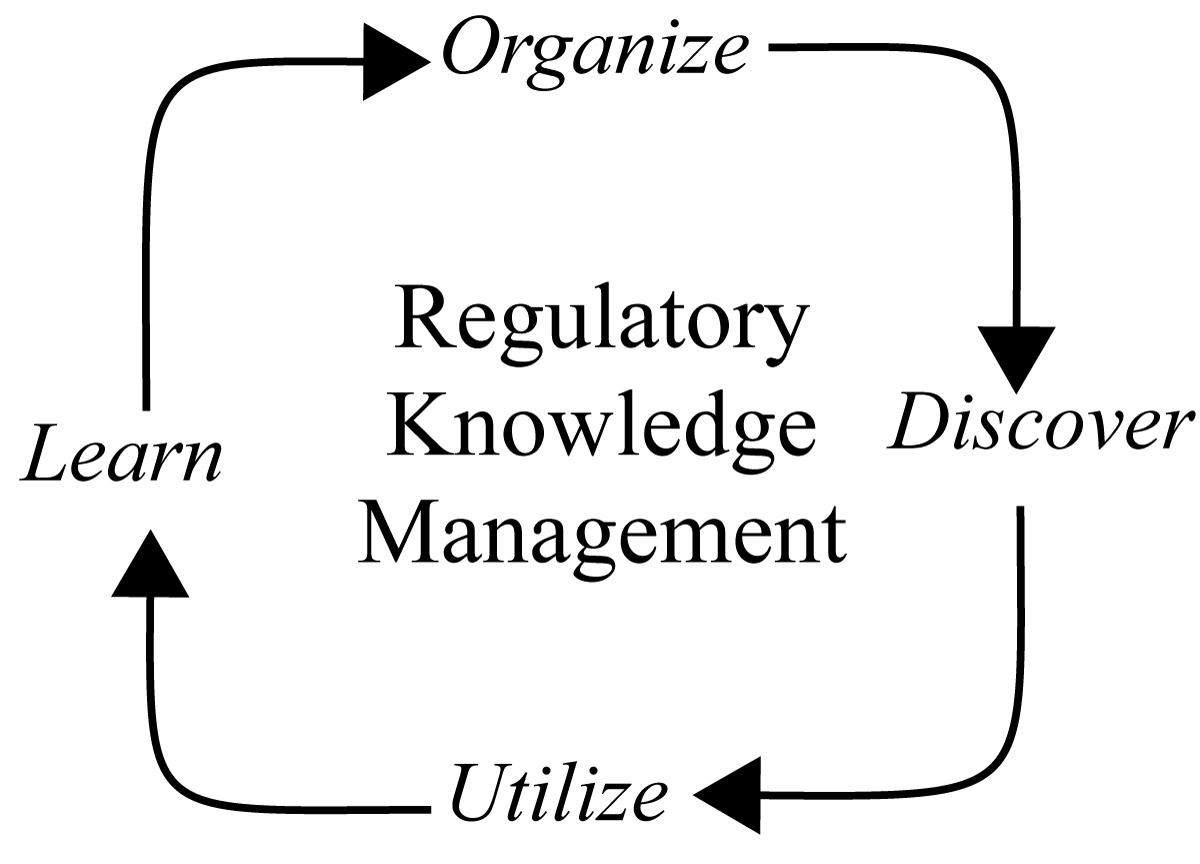
The Cycle
In regulated environments, knowledge is more than information — it is the foundation of safety, compliance, and trust. Managing that knowledge effectively means ensuring that critical insights are created, shared, applied, and continuously improved across the organization. This process is known as the Knowledge Management Cycle.
Regulatory Domains
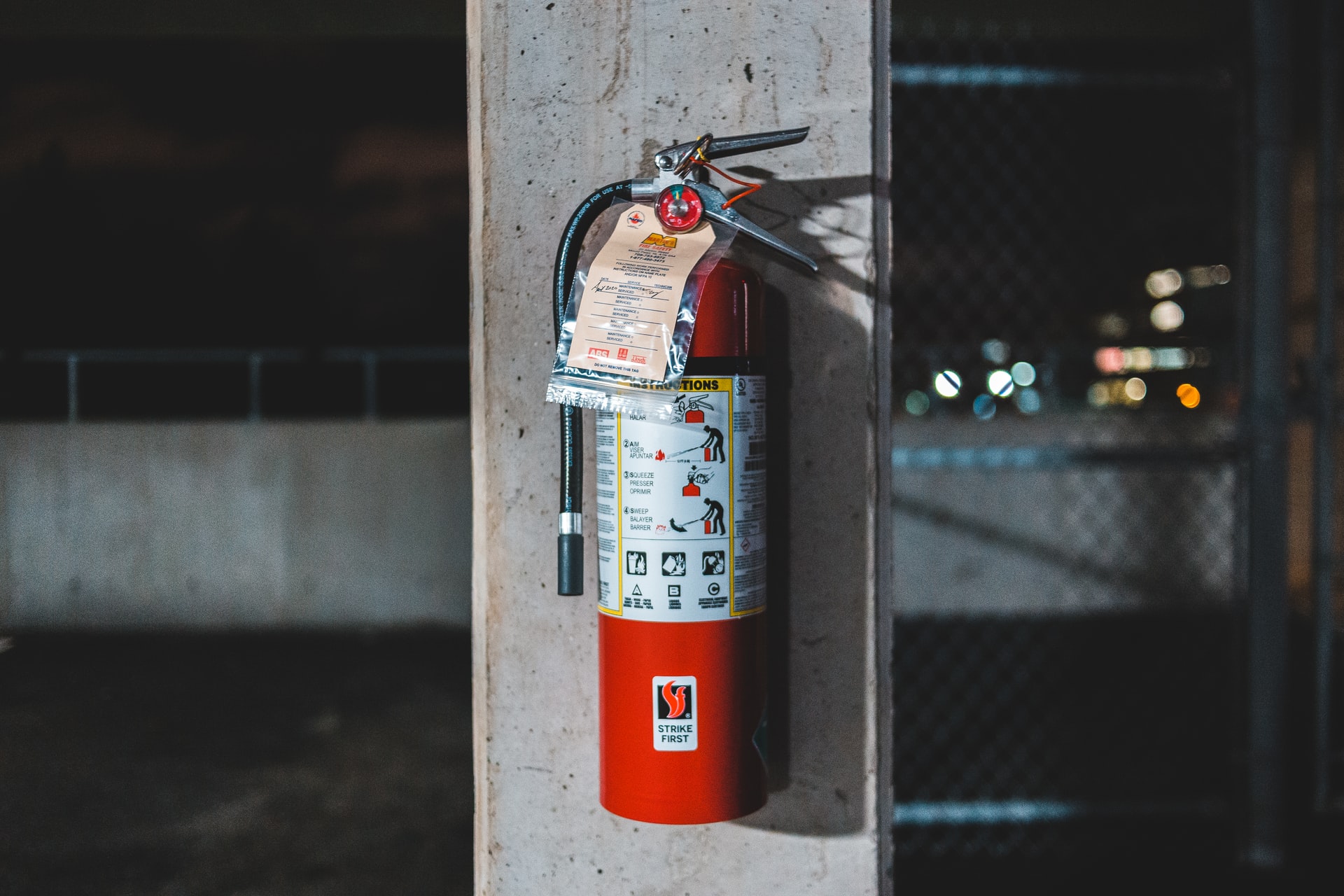
Fire Safety
Fire safety is a critical regulatory domain, protecting people, infrastructure, and operations preventing potentially catastrophic incidents.

Energy Transition
In energy and environmental sectors, regulation guides the transition to renewable systems and sustainable practices.
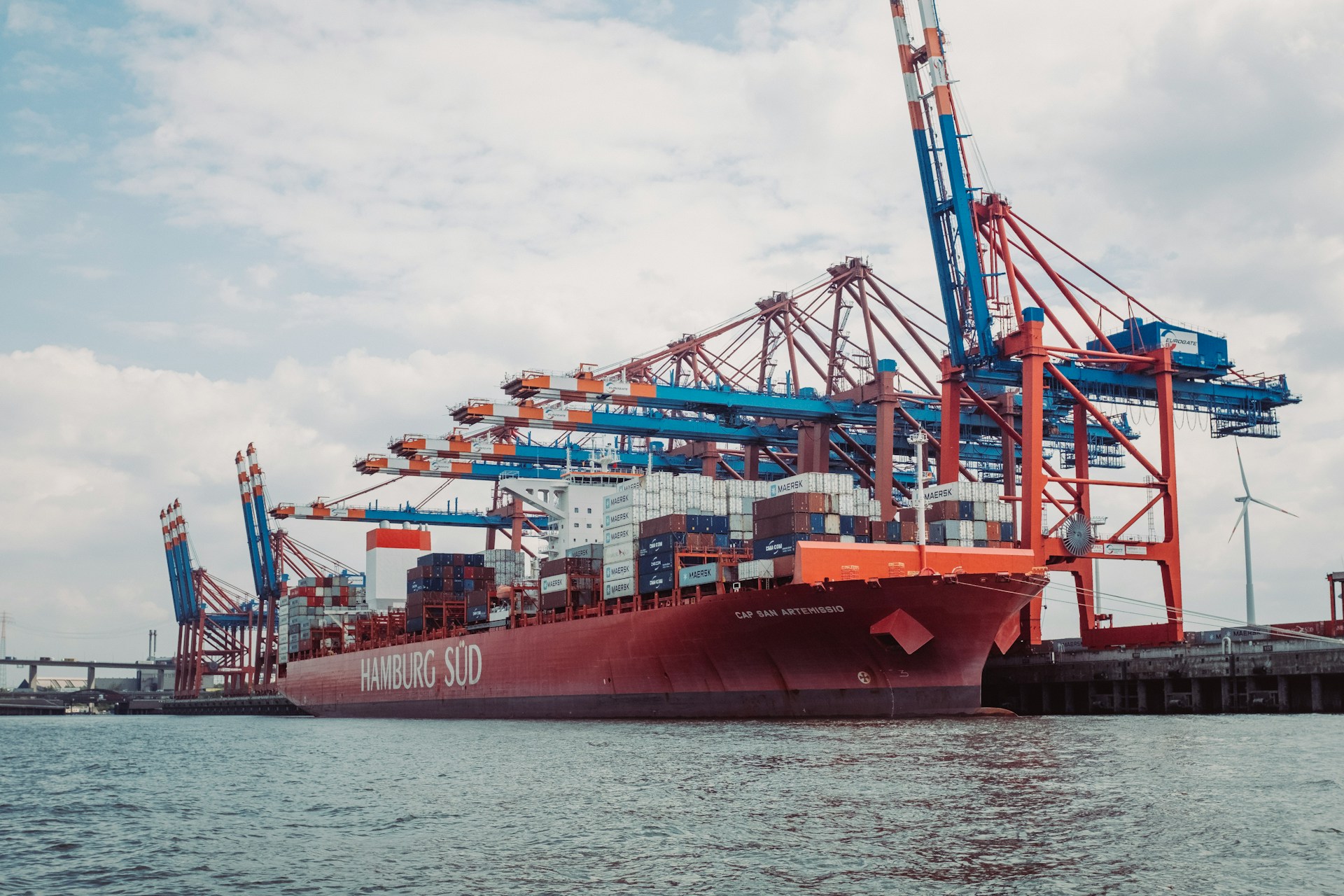
Fishing and Maritime Transport
In fishing and maritime transport, regulations protect ecosystems and ensure safe, fair trade across international waters.

Customs and Borders
In customs and border management, they keep goods moving efficiently while maintaining security and compliance.

Technical Complexity
Technical complexity arises from interconnected systems creating regulatory and safety challenges that require expert oversight.

Large Scale Events
High attendee numbers, complex logistics, and multiple stakeholders, create regulatory and safety challenges.

Health and Nutrition
In healthcare, construction, finance, and information technology, compliance defines both trust and innovation.

Science and Research
In scientific research and data management, it ensures integrity, reproducibility, and ethical responsibility.